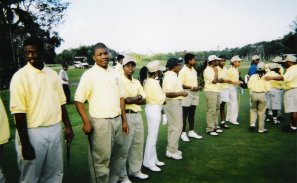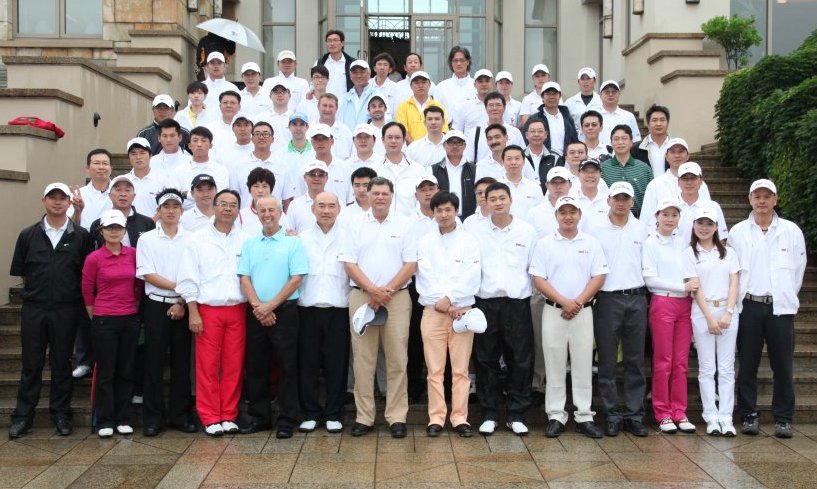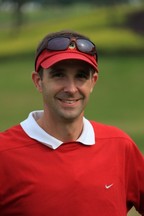Where should golf be spending its marketing efforts?
So where should golf be looking to grow revenue? Simple. There will be 76 million people retiring in the next 10 years. They will have money and time on their hands. Talk about a marketing opportunity. Think I’m off base, then check out a place called the Villages in central Florida. It’s a retirement community. They have 28 executive courses and 9 regulation golf courses and each is full every day. Statistics say there are about 25 million golfers in the United States. That’s less than ten percent, which means that a great number of those retirees have never played golf. If I were a golf course owner, I’d be down at the Social Security office handing out flyers about the benefits and healthy activity of golf. I’m not discouraging junior efforts, just being realistic when it comes to keeping cash flowing.









